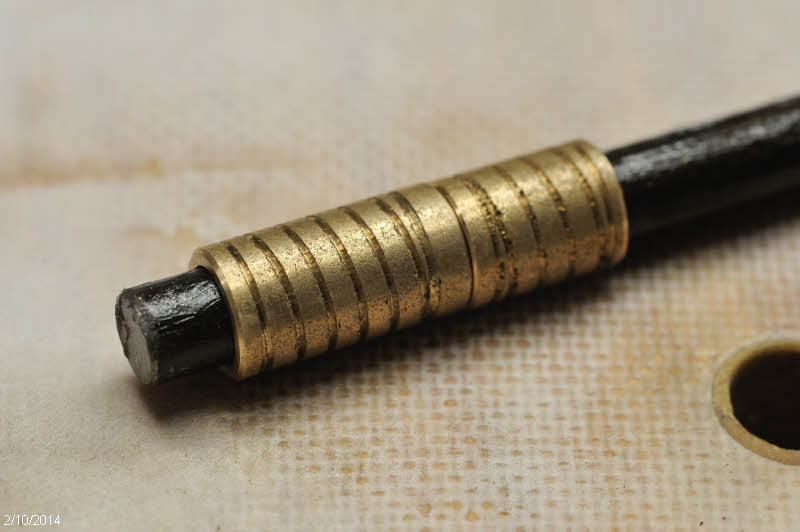After completing the installation of bulkheads 4 through 7, the next order of business is to install B1 - B3. However, I wanted to install access hatches in B3, and decided I should do that before installing the bulkhead, as it's much easier to work on now.
I needed to cut out the hatches, manufacture a backing plate for the hatch to seal against, and make hatch stiffeners to reinforce the hatch itself. I decided to make a router template to make all the cuts.
First I did some paperwork to figure out the template spacer diameters I would need. I used a 1/8" bit to cut out the hatch, a 1/4" diameter bit to cut the groove for the gasket, and a 1/2" bit to cut the inner rim of the backing plate.
With dimensions in hand I moved to the lathe to cut out the spacers. I used a template guide with no spacer for the first cut, so just needed to create two. I used 1/4 aluminum. In the photo above you can see dimples on the spacer where I hit it with a ball pein hammer to snug up the inner diameter.
I then drew out the template. The opening size I decided on was 12" x 18", and I needed a line outside that to account for the first template guide. I then cut out the template with a jig saw, and smoothed it with spokeshave and drum sander.
Then clamped the template to B3, took a deep breath, and cut out the hatches.
As I was cutting out the backing plates, I realized I could also cut the hatch stiffeners from the same piece of ply, using the same template, by making a big spacer (about 6" diameter). I cut that spacer out of plywood, and it worked fine.
After cutting out the backing plates, I checked for fit. Looks about right.
Next I laminated the hatch stiffeners. I am using two layers of 1/4" baltic birch plywood. Nice wood. I would have bought 1/2" thick if it was available.
And then laminated the backing plates.
After cleaning up the glue squeeze out, rounding over the edges, and an overall sanding, I
installed the backing plates in the bulkhead and cleaned up the glue squeeze-out.
I had to clampea board across the bulkhead to keep it from sagging from the weight of the clamps!
Nice to have that job done. There will be a little followup work on these to coat with epoxy, but I can do that after the bulkhead is in the boat.
I'll be able to use this same technique for the seat-top hatches and the cockpit sole hatches. I can use the same router bits and template spacers, I'll just need to make a new template for different sized hatches. Should go a lot quicker next time.







































